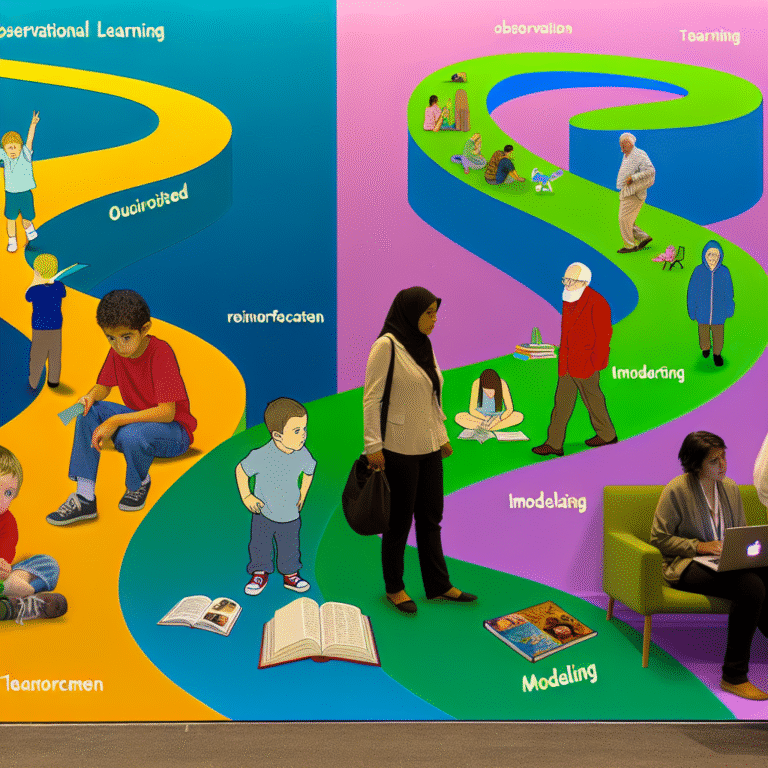Introduction
Imagine a world where individuals who have previously faced incarceration are not just reintegrated into society but thrive in it. This is not a far-off dream but a possible reality if we embrace innovative approaches to combatting recidivism. Reforming the System: Innovative Approaches to Combatting Recidivism are not merely aspirational but crucial for building safer communities and providing second chances where they are needed most. In this article, we will explore transformative strategies and real-world case studies that reveal effective methods for reducing recidivism rates, empowering individuals, and ultimately, reshaping perceptions and experiences within the criminal justice system.
Understanding Recidivism
Defining Recidivism
Recidivism refers to the tendency of previously incarcerated individuals to re-offend and engage in criminal behavior after serving their sentences. Understanding this phenomenon is essential for crafting effective reform strategies. According to the National Institute of Justice, about two-thirds of individuals released from prison are rearrested within three years.
The Costs of Recidivism
Not only does recidivism affect individuals and their families, but it also has broader implications for communities and economic stability. The financial burden of repeat offenders on the criminal justice system can reach billions annually, emphasizing the urgent need for reform.
Innovative Approaches to Reforming the System
The journey of Reforming the System: Innovative Approaches to Combatting Recidivism involves various strategies that span education, mental health assistance, community support, and more. Below, we explore multiple facets of innovative reform:
1. Education and Vocational Training
Empowering Through Knowledge
Education serves as a fundamental tool in reducing recidivism. Programs that provide incarcerated individuals with access to education can lead to significant improvements in post-release outcomes. For example, the Second Chances Program in California offers vocational training in areas such as construction and IT, equipping participants with skills that are in demand in the job market.
Case Study: The Prison Education Project
The Prison Education Project at the University of Massachusetts offers courses to incarcerated individuals, resulting in lower recidivism rates. Analysis shows that participants are 50% less likely to return to prison within three years compared to their peers. This case study exemplifies how educational opportunities can transform lives, making it a cornerstone of reforming the system.
2. Mental Health and Substance Abuse Programs
Addressing Root Causes
Many individuals enter the criminal justice system with underlying mental health or substance abuse issues. By addressing these foundational problems, we can significantly reduce recidivism. Innovative programs that offer therapeutic support and rehabilitation have shown promise.
Case Study: The M-Power Initiative
Implementing the M-Power Initiative, a mental health and substance abuse program in Ohio, has resulted in a 30% reduction in recidivism among participants. This program focuses on comprehensive mental health care, leading to better coping strategies and healthier life choices.
3. Restorative Justice Practices
Building Bridges, Not Walls
Restorative justice emphasizes healing rather than punishment. By engaging both victims and offenders in dialogue, restorative justice practices foster understanding, accountability, and rehabilitation.
Case Study: The Restorative Circles Program
The Restorative Circles Program in New Zealand exemplifies this approach, with a reported 40% decrease in recidivism rates among participants. Engaging communities and families provides a support network that helps individuals reintegrate successfully.
4. Community-based Reentry Programs
Creating Supportive Environments
Community support is vital for successful reintegration. Innovative reentry programs that offer housing assistance, employment connections, and counseling have been shown to reduce the likelihood of re-offending.
Case Study: The Los Angeles Reentry Program
The Los Angeles Reentry Program connects individuals returning from prison with housing, job training, and mentoring. As seen in program evaluations, participants exhibit a 45% lower rate of re-arrest compared to those who did not receive these services.
5. Technology as a Tool for Change
Utilizing Data and Innovation
Modern technology, including data analytics and virtual platforms, plays a crucial role in reforming the system. Tools that allow for real-time tracking of individual progress and challenges can lead to tailored support systems.
Case Study: The Recidivism Prediction Tool
The Recidivism Prediction Tool deployed in various states utilizes machine learning algorithms to assess the risk of re-offending, enabling proactive interventions. Initial findings suggest a decrease in recidivism rates by emphasizing tailored support.
6. Legislative Reforms
Changing Policies for Better Outcomes
Legislative changes that focus on rehabilitation rather than punishment are another stride toward Reforming the System: Innovative Approaches to Combatting Recidivism. Shifting perspectives within policy frameworks can drive systemic change.
Case Study: The First Step Act
The First Step Act passed in the U.S. in 2018, aiming to reduce mandatory minimum sentences and provide inmates with more opportunities for rehabilitation. Early evaluation indicates promising trends in recidivism reduction among eligible individuals, showcasing the impact of policy change.
The Importance of Collaboration
The above strategies highlight that successful reform requires collaboration among various stakeholders, including government agencies, educational institutions, non-profits, and communities. Building an ecosystem that fosters rehabilitation and support is critical for sustainable change.
Conclusion
Reforming the System: Innovative Approaches to Combatting Recidivism is not just a collectible set of strategies; it is a paradigm shift towards understanding and addressing the causes of criminal behavior. By integrating education, mental health support, restorative justice, community-based programs, technology, and legislative change, we can create pathways that transform lives and redefine success in our justice system.
As we consider the future, it’s vital for society not only to hold individuals accountable but also to invest in their rehabilitation, affirming the belief that every person deserves a second chance. Together, we can reshape the narrative around recidivism and foster environments where individuals can flourish.
FAQs
1. What is recidivism, and why is it important to address?
Recidivism is the tendency for formerly incarcerated individuals to reoffend. Addressing it is crucial as it impacts public safety, economic stability, and social well-being.
2. How effective are education programs in reducing recidivism?
Education programs can significantly reduce recidivism rates. Studies show participants in educational programs are less likely to return to prison compared to those without educational opportunities.
3. What role does mental health play in recidivism?
Many individuals intersecting with the criminal justice system face mental health challenges. Addressing these concerns through appropriate support can lower recidivism rates.
4. How can technology assist in combatting recidivism?
Technology can provide data-driven insights to monitor progress and predict potential re-offending, allowing for timely interventions.
5. What are legislative reforms, and how do they influence recidivism?
Legislative reforms aim to change criminal justice policies to focus more on rehabilitation rather than punishment, decreasing recidivism by creating better opportunities for reintegration into society.
In summary, as we navigate the complexities of the criminal justice system, it’s crucial to consider these innovative approaches to combatting recidivism and continually strive for systemic reform.















